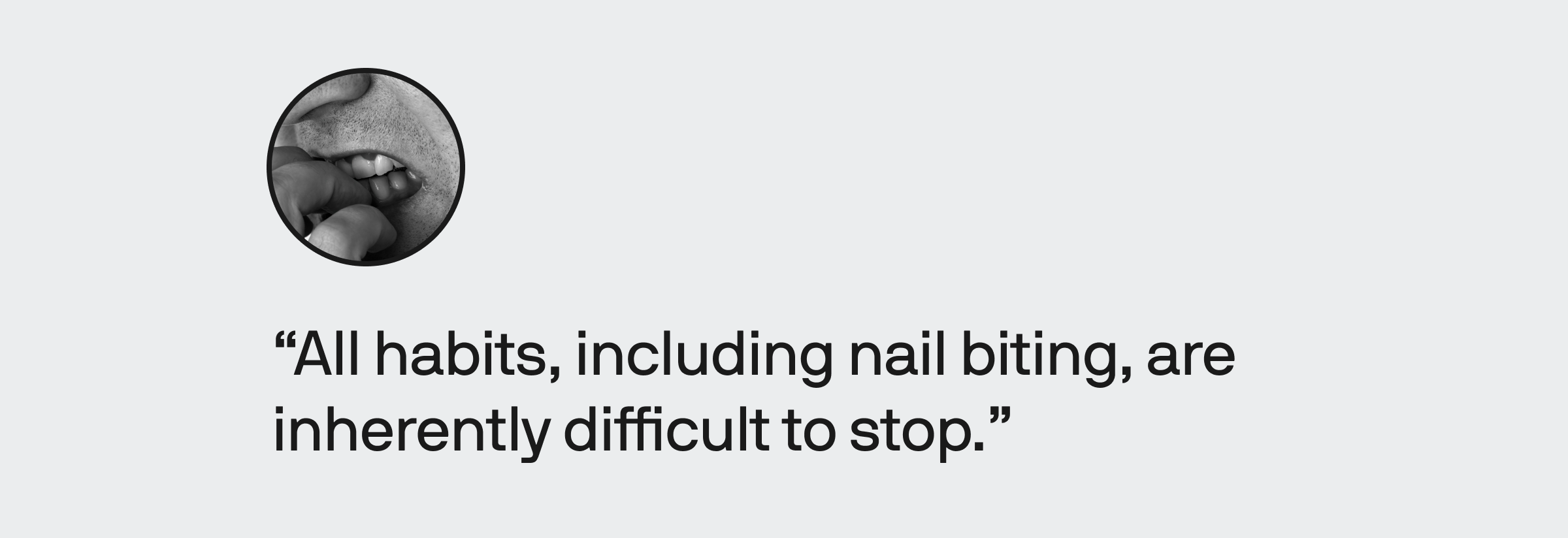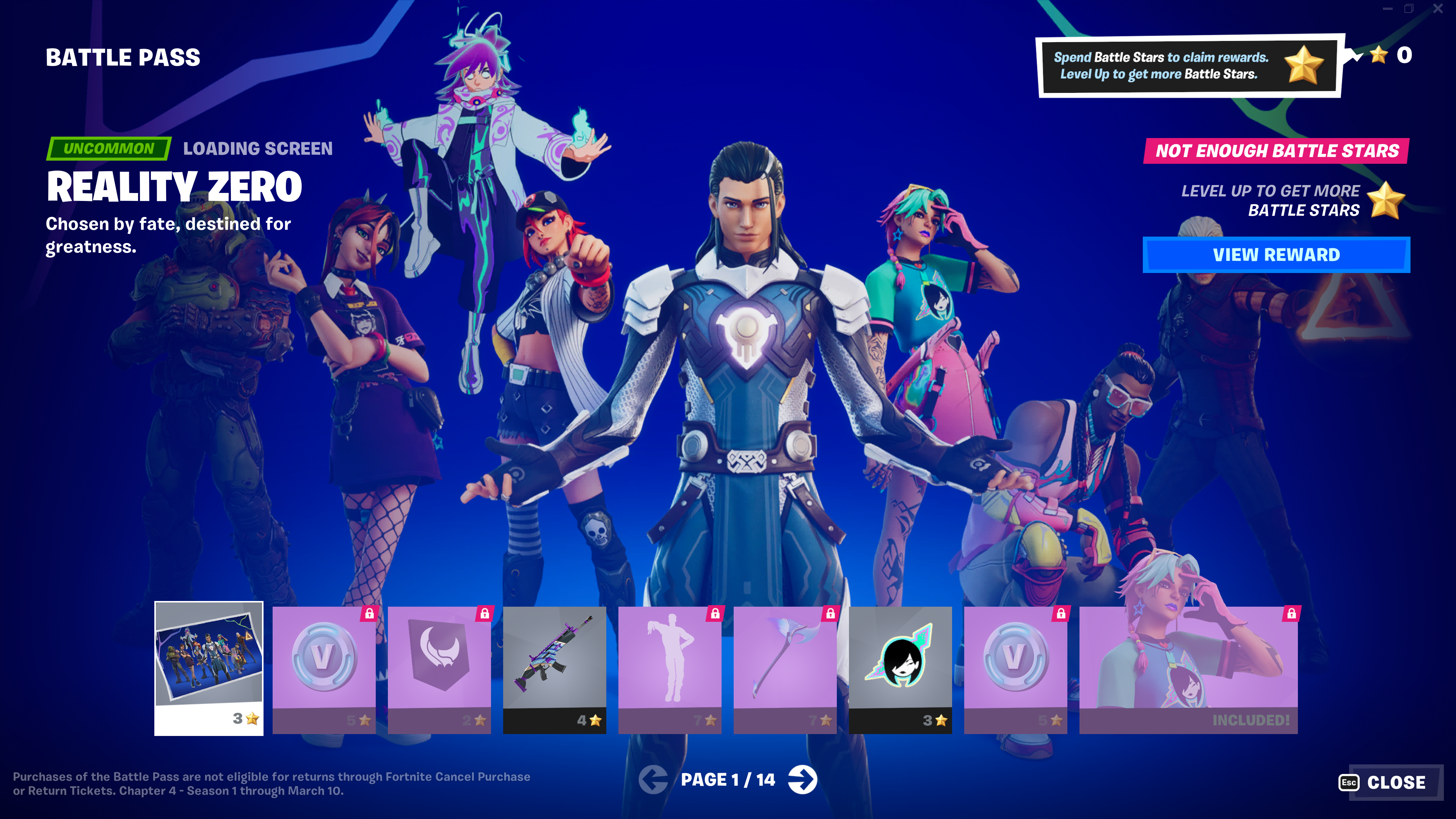Building a Great Product Often Means Instilling a Habit in Users, but Is It Ethical?
Successfully growing a digital product often means instilling a behavioral pattern in your users where your product becomes a habit.
We know this word’s meaning is purely contextual as there’s a significant difference between habits and their impact, for example, responding to work emails first thing in the morning every day compared to mindless scrolling through social media.
For those who build digital products, we must be conscious of how the material we develop can impact people, from the marketing techniques to the product itself.
Here, we want to do a couple of things. First, we want to define a habit and discuss some of the ethical dilemmas that can surface, along with some examples.
What is a habit?
Most of us use the word habit in an everyday sense, where it defines an action or behavior that’s a regular tendency.
A habit can be good, bad, or somewhere in between – biting your nails isn’t sanitary, but on the whole habit spectrum, it’s just a peculiarity that does little more than annoy those around us, provided the person doesn’t do it to the point of injury.

Another element of a habit is that they sometimes transpire without the individual being fully aware | Source: American Academy of Dermatology
Clinically, a habit is assessed by more than just the frequency at which some behavior occurs. In healthcare, a habit is further deconstructed by whether it’s adaptive or maladaptive, essentially determining if a behavior is non-detrimental to a person or harms them and/or those around them.
Most importantly, habits have cues or triggers, which are what businesses leverage to maximize tactics in marketing, design, and UX (User Experience) to influence consumer behavior.
Is instilling a habit ethical?
Herein lies the problem: habit is a context-sensitive word. For example, there are two very different outcomes for dental health when comparing those who have a habit of cleaning their teeth every night versus someone who routinely has a piece of cake before bed.

Android and iOS have dental care-focused apps, some of which can help users develop healthier habits. | Source: Google Play
Building a successful digital product usually means becoming part of a routine for your users – as self-aware as we might be, we’re subject to subtle influences simply because of how our minds function. Our system one thinking – to be brief, this is the “frontline” of our thinking which is automatic and fast – is prone to biases as we perceive everything through relativity.
Marketing understands this, at least to the degree needed to capitalize on these behavioral phenomena. In fact, people are so predictable from a bird’s eye view in this area that good marketing can work for anything.
And as we all should know, businesses can and do use the same tactics for marketing low-quality products or services.
While this is perhaps the worst part about marketing, there is another problematic facet: habits and other trickery, like deceptive patterns, are sometimes used to oversell a product or service.
Aside from visibly unethical designs, there are other systems to consider, like how people behave when a product or service is free.
A quick look at a few examples of businesses that use hooks to keep users engaged
Most products out there use some kind of hook to keep users engaged. It can be a calculated, systematic process, an inherent product trait, or a combination of the two.
Let’s look at how a few services rely on users developing habits to keep them engaged.
Kohl’s loyalty system offers endless deals: a great model though with a caveat
Kohls is one clothing (and home goods) store that keeps customers coming throughout the year with a generous rewards system.

When your days of skinny-everything, band T-shirts direct from the merch stands, and hairspray come to an end, Kohls will be there to help you with your age-appropriate clothing needs.
After most sales, customers receive an in-store currency called Kohls cash, which stacks with most other deals and can often be increased by meeting simple conditions. Typically, these funds have a date range (usually during an upcoming sale) attached at which point, customers can redeem their rewards for just about everything.
This unending sale cycle is excellent for customers who need regular updates to their wardrobes and for those of us with children in elementary school who outgrow everything every few months.
But with that said, it’s almost too good as it can lead to excessive or unneeded spending from users.

Some collectors have gone to extremes to support their pitcher plant habit, from breaking the law to taking out loans, which fortunately is not the case for the collection pictured above. | Source: A Gardner’s Chronicle
Buying things we like, especially when steeply discounted or the item is hard to find, makes us feel good. And everything that makes us “feel good” has the potential to become an obsession or addiction for the right person, like those who tell WIRED about lengths they’ve gone through to support and grow their collection of carnivorous pitcher plants known as nepenthes.
We know that there are plenty of ways to create value out of thin air, like by making a product free, but businesses can capitalize on effortless value through scarcity. The nepenthes stories demonstrate how something simple like having a cool plant can snowball when ethics aren’t minded by the business, especially when scarcity is involved.
Spending money on clothing is much the same: it brings joy, and with an incentive to keep buying, some will undoubtedly purchase more than they need. With Kohl’s, there should never be scarcity issues, at least with the gravity of the nepenthes situation, but leveraging tactics like promoting a low inventory (e.g., “Hurry! Only 3 left in stock!”) would almost certainly create unnecessary spending for their customers.
Of course, there are much worse things than having too many pairs of Levi’s and faux leather jackets. Still, this model can be a slippery slope, so it’s essential to be mindful of how the above examples play out in the real world.
The grind for rewards in a variable environment drives some to pay more than is reasonable
With Epic recently being ordered to pay a record-breaking $520 million to its players for its use of deceptive patterns, the game Fortnite is an easy target.

While not for everyone, Fortnite is one of the most successful games ever, but some of its financial success was due to unsavory design practices.
Aside from the design tricks that caused players to make unwanted purchases, a few other psychological phenomena are at play.
One element offered by Fortnite, and essentially every F2P (Free to Play) game, is the concept of variable reward. Similar to how opening social media should always produce different content (e.g., posts from friends, Tweets from people you follow, etc.), these games rely on the same mechanic: the user experience will be different every time.
You might come in first in several ranked battle royale sessions. A chance situation might produce a funny kill.
Anything that provides this kind of experience has the possibility of instilling a habit, even products like Wish.

Wish generates substantial revenue by selling what consumers have consistently identified as some of the lowest-quality products you can find on the web.
The company Wish earned its bad reputation as a marketplace that’s almost entirely made up of knockoffs and products that “don’t look like the picture.”

Wish sellers deliver quality that’s so bad that it’s fun just to buy things to see how wonky the object is in real life. | Source:deleted_99184c1c8bb on Memedriod
Even after Wish memes began to surface, many continued to use Wish, which isn’t surprising because just scrolling through the app can take you through a wild ride (especially once find they sell all kinds of wonderfully bizarre adult items).
The oddities are fun enough that people scroll through and even make purchases, such that Wish makes hundreds of millions in revenue yearly.
They’ve slowed down in recent times, but it shows that variable reward is a powerful mechanic in some products, and as such, businesses should employ strategies using this design responsibly.
Ethical design is central to the BlueLabel process
There’s a line for using hooks that create and establish user habits, and it looks a little different for every product. Instilling habits in users comes with the territory of digital product design and development, but we certainly want to see as few products like Wish on the market as possible.
Stay tuned as we’ll discuss more on this matter soon, using specific examples of how businesses can work with this phenomenon to deliver conscientious products and services.









